Clock In
I undertook this module sure that some serious and life changing learning would take place. I didn’t know what I expected. I wanted to do this module because as a social practitioner, I wanted to gain experience of this context as it is a context I care about very much and that lives close to home.
I originally come from Motherwell which is in North Lanarkshire. Last year, north lanarshires crime rates were higher that Glasgow.
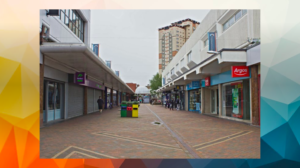
I have driven past HMP Shotts on countless occasions.
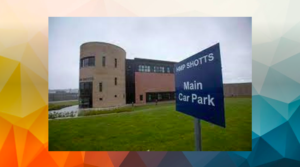
I was taught from a young age that prison was a bad place for bad people that you went to if you did bad things. I believed this for most of my life. It is the story fed to you through the media, through communities and through generations. I view it as a passing down of anger to control a society.
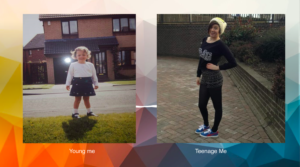
However, when I looked just a little bit closer, just the tiniest bit, I realised just how wrong this teaching was, and how determind I was to unlearn it. It wasn’t clear to me how people in prison couldn’t be bad people, they must be because they are there and I am here. It was only when I reached my teenage years that I began to see first hand what impact crime had on my community. The fear of each other, the confusion as to why my friends were disappearing to a place called prison, the families it affected and the families it didn’t directly affect but were impacted due to the devistation in the community. It was then that I realised it was a set of circumstances that determined your fate, and that the conversation is so much more than whos good and whos evil.
My eyes in this module have been opened to prison systems in Scotland and around the world and why art is important in this context. To me, in a time of crisis we should not be sitting idley by and watching these humans be locked in their cells for 23 hours at a time during a time of a pandemic. Prison has always been a taboo subject but its about time we start the conversation somewhere. As an artist, I have a huge fire passion in my belly. when faced with difficult conversation, you better believe im there to have it.
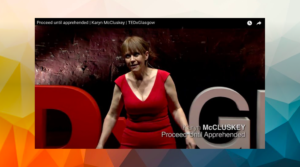
Karyn Mclusky, chief executive of community jusice in Scotland, inspired me in her ted talk , Proceed Until Apprehended, by saying to start somewhere. And now that I have started I cannot stop. So you could say I have started somewhere by making my creative resource which is called Clock In.
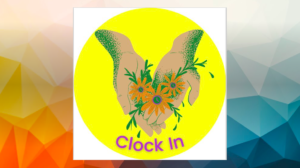
I was initially worried to make this resource as I had little experience on using online software to create something. I am used to being a facilitator in a room with other people. This resource in the time of a pandemic has challenged me to learn how to use Canva which is the site I have used to make this resource.
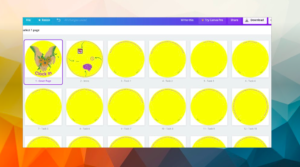
I spend lots of time getting to know this site to make the Clock In look as good as possible.
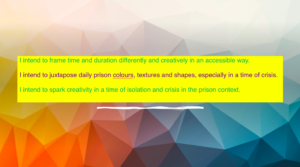
My three statements of intent for this resource are.
I intend to frame time and duration differently and creatively in an accessible way.
I intend to juxtipose daily prison colours, textures and shapes, especially in a time of crisis
I intend to spark creativity in a time of isolation and crisis in the prison context.
This resource is a creative documentation of time and duration. As an artist, I am interested in what role time and duration play in our society. This has been heightened by my research around prisons. Time in prison feels like a defining factor of prison. Routine will take place each and every day. Breakfast Lunch and Dinner will happen at the same time every day. And equally, there is nothing to do but fill your day with things that pass the time for you. Time somehow feels fast and slow.
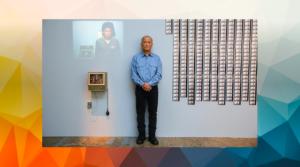
I researched into Tehching Sieh, a performance practitioner that made a performance called one year performance 1980-1981 (time clock piece) ; In this performance, he clocks into a work clock every hour, every day for a year. In an Interview for the guardian in 2014, Tehching Sieh states “Im not a political artist, although people are at liberty to interpret my work from a political standpoint … I’m interested in the universal circumstances of human life”. He self documents time and is imprisoned in capturing’s of his own work even though its voluntary. This made me excited about self documentation and knew it had to be a key element of my resource.
Performance, especially in a pandemic and being unable to facilitate the specific space felt tricky to navigate. I began creating tasks that had a performative element.
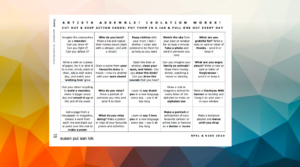
I began to be influenced by Susan Pui San Lok with their resource You’ve never done this before which invites questions and performative ways to respond to questions. I have been inspired by the artist packs on first site.co.uk which is where I found Susans work. I then remembered a conversation I had with Rachel Jane Morrison who works in. HMP Edinburgh that many prisoners she works with are locked up for 23 hours per day by themselves in a Covid-19 context. This resource, because of COVID is intended for someone in isolation, and therefore something to do on their own. I as an artist, would find it difficult to walk up to someone and try to document a collaborative handshake. So I flipped my view of this resource from performance to creative documentation in a time of crisis in Scottish prisons.
In no way did I want this resource to be a burdening reminder of time. This is why I have considered the image for the front page.

Clocks are involved only slightly which hints at a time enquiry but doesn’t directly state it. Hands were important to me because prisoners are often viewed as not human. In our recent visit to HMP Polmont, I met a young woman called Rachel. Initially I was nervous because there are so many rules in prison and a strict schedule to stick to that I didn’t knowif seaking to her would be considered rule breaking. She was laughing with us and speaking language that I knew and understood growing up in a town in Scotland. I felt I could relate to her. This moment for me was vital in my recognition that through me talking as I would to anyone else I meet, I could make an honest, genuine connection, something that is a key part of my artistic practice. The hands to me mark the connection I made with rachel and the connection I hope to continue to make with other people in this system. The flowers in the hands with clocks for a centre represent time and growth. Prison is seen as a place to reform, a place where you have the space and time to grow as a person.
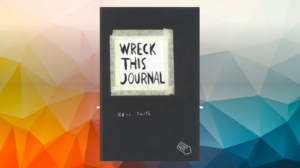
The content inside is inspired by Wreck This Journal by Keri Smith. I was interested in how creative tasks play a role when it comes to time and documentation. The tasks in Clock in, similairly to Wreck This Journal are designed to take different amounts of time to complete and are very much about individual documentation. For example, task 8 asks the artist to return to the page for a week to write down any words they hear around them. Then on task 16 they are asked to reflect on this collection of words and select their favourites, This is a longer task whereas task 2, write a memorable conversation you have had today in as much detail as you can remember wont take as long as a week.
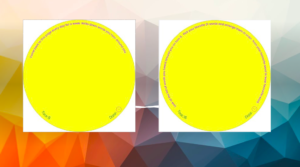
I became interested in monthly cycles and the constant changing of seasons and what this may mean for an incarcerated person. I read a newspaper article in the guardian from 2012 where a young man who had just left prison spoke about marking time by watching the seasons go past. It became a mission of mine to frame time differently somehow. This is what this creative resource does. It has 31 tasks because there are 31 days in the longest month. The document can be completed at individual rates and the owner of this creative booklet will fill in the date that they complete a certain task.
On the UK government website it states All prisoners should be able to spend between 30 minutes and an hour outside in the open air each day. Scottish prisons are run by the Scottish government but I could not find the Scottish Prison Service policy on manditory time to be spend outdoors. However I thought about these rights in relations to prisons in the uk.I automtically connected the idea of being outside to sunlight, and in a documentary by Lewis Theroux called Miami Mega Jail , he is told that in American prisons they say the inmates are entitled to see the sun once a day.

I then thought about how the sun relates to time. The sun always rises in the east and sets in the west, therefore you can tell what the time is just by looking at the sun’s location in the sky. When making my resource I had this heavily in mind which is a main reason why the resource is circular and yellow like the sun.
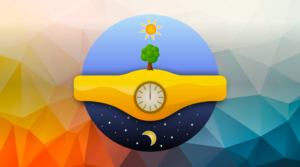
I also thought a lot about adverse childhood experiences and how in a 2014 report of young men in custody 80% of the young men in Polmont have been excluded from school. Systems had failed them before and so why should they believe another system wont fail them again? I wanted the pages of this resource to not be confined to a box and to be opposite from an A4 work booklet you could find in school which could potentally be a trauma for people. I wanted this resource to be as accessible as possible for people to take part in. Yellow paper often helps people with dyslexia to read. Back in 2013 the Secretary of State for Justice Chris Grayling gave an MP’s ‘Crime in Context’ speech, this stated the percentage of young offenders who were dyslexic. He said:
‘A high proportion of them – maybe more than half – will have dyslexia (43-57%). That compares with just 10 percent in the population as a whole.’
Many people in prison have dyslexia so It was vital I try to make this resource with neurodivergency in mind.

How could I juxtapose the shapes, textures and colours that these people experience in every day life? How could I stay away from lines, from the whites and greys.
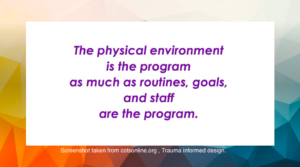
When reasearching trauma in relation to colours, I found in a document called Truama informed design that yellow sparks creativity and green and puple are two calming colours that also complimented the yellow I went for. It also states the physical environment is the programme as much as routines, goals and staff are the programme. I carried this in my mind when creating this resource and I wanted this, in the best way, to not look like an NHS leaflet or an information sheet. I feel like I have successfully stuck to my intent of making the resource juxtapose daily colours, textures and shapes.
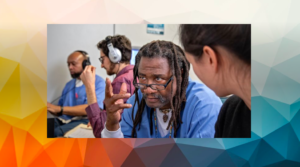
In this module, we spoke to a man in San Quentin prison called Spoon Jackson. In his poetry book Longer ago , Spoon begins with a poem called “No beauty in cell bars” and ends with a juxtaposing poem called “Beauty in cell bars” . He is the influence for the first and last page of my resource to be the same task.
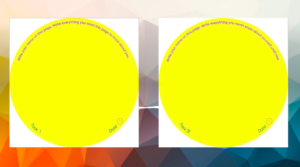
How does time and duration and all the space inbetween allow you to view yourself or your environment differently? There is plenty of space in this resource to write/ draw/ complete the tasks. This is important so all tasks can be contained in the one space and an individual can really feel like this belongs to them, almost like a mini creative diary.
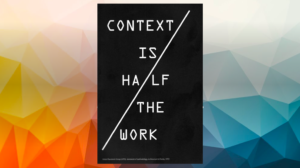
Ultimately, I am left with more questions than I began with. Will this resource fulfil my intent of framing time and duration differently for whoever accesses it? I think it will due to the considerations and research and time that has gone into this research. After all as the Artist Placement group states and we have said this full module, context is half the work.

So where now? I want my creative resource to be distributed to different Scottish prisons, specifically shotts prison because this is the prison that began my curiosity and is a part of my community. I will also send my resource to Spoon Jackson in San Quentin Calafornia. Spoon taught me a lot as an artist and told us our inner poet is just waitin to come out. To fulfil this, the next stage is printing. I have been in conversation with Glasgow Print and Design Centre and we are currently negotiating price to print. They are reliable and have been helpful in asking me questions about my resource which have allowed me to consider the best way to bind this diary together. I will use card in print as it is more dense than paper. The diameter of my resource will be 20cm. After this first resource has been sent into prison, much like Wreck It Journals, I plan to make more resources similair to this one that have different tasks. I want to work with the community in Motherwell to design these booklets whilst also having discussions about crime and prison. As I have been thinking about time and duration, I plan to make 12 of these resources in total. 12 is in relation to 12 months so that by the time I have completed them all, it would symbolise a year. I want to see how my learning grows further through making these resources and receiving feedback from the individuals using them. Hopefully in the near future, getting to facilitate workshops and continue to be part in making a change in the Scottish Prison System.
You can find my resource here – Clock In
Resources-
https://www.sps.gov.uk/Corporate/Prisons/Shotts/HMP-Shotts.aspx
https://www.gov.uk/guidance/coronavirus-covid-19-and-prisons
A politics of care: How the science of ACEs deepens our emotional vocabulary
https://www.gov.uk/life-in-prison/prisoner-privileges-and-rights
https://www.bbc.co.uk/iplayer/episode/b011k0xx/louis-theroux-miami-megajail-part-1
https://cotsonline.org/wp-content/uploads/2018/04/Trauma-Informed-Design.BOD_.pdf
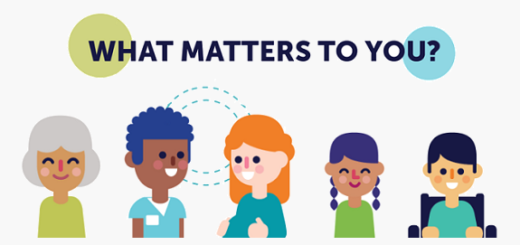

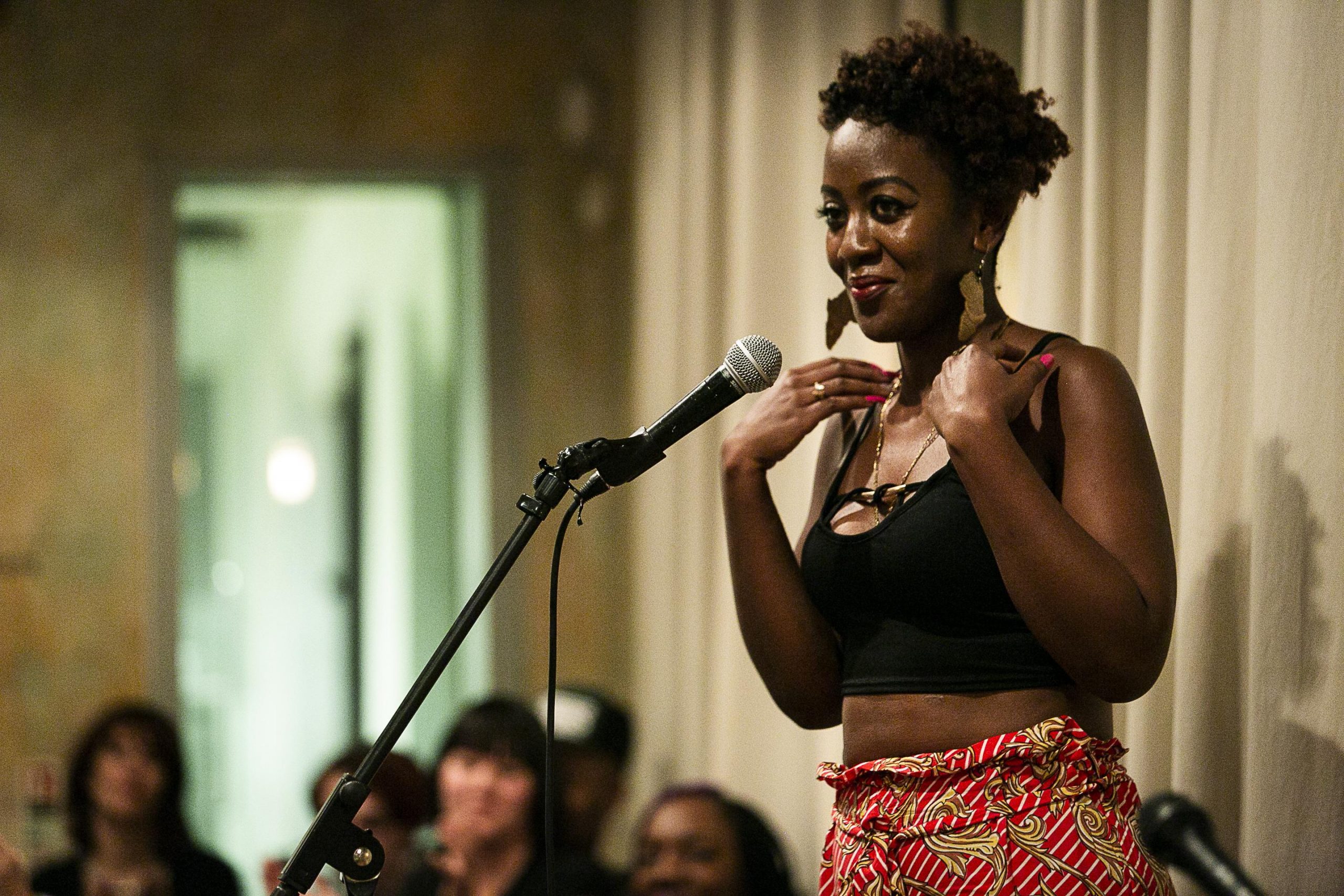
Hiya Holly,
I really love the idea of your creative resource! This feels like a really great tie together of all the different strands of your artistic practice surrounding aesthetic, disputing time and social engagement. I definitely think you should research Scotopic Sensitivity Syndrome, also known as Meares-Irlen Syndrome and Visual Stress, as it really ties to your creative resource. Meares – Irlen Syndrome is a form of visual stress which leads to difficulties with fine vision tasks such as reading. Meares-Irlen Syndrome is found in most dyslexic people and is a separate learning difficulty that leads to people needing colour paper and coloured overlays to read better. This could potently offer different colours for your creative resource, which could be exciting. Here are a couple of articles about visual stress and what different coloured paper can help with. I hope this helps! Again, Loved your creative resource and really thought this is so needed in our prisons.
https://www.ncbi.nlm.nih.gov/pmc/articles/PMC4114255/
https://www.learningdisabilitytoday.co.uk/irlen-syndrome
https://www.autism.org.uk/advice-and-guidance/professional-practice/irlen-syndrome
Aw Indra this is fantastic! Thank you so much for sharing these links and for all your help on my creative resource! Yours too was incredible !